IT Disaster Recovery Planning for Startups
In the fast-evolving world of startups, ensuring business continuity is paramount. Unforeseen IT disasters can pose significant risks, from data loss to prolonged downtime, which can severely impact a startup's operations and reputation. At CloudActive Labs (India) Pvt Ltd, we emphasize the importance of robust IT disaster recovery planning to safeguard your startup’s future. This blog will guide you through the essentials of IT disaster recovery planning and how it can protect your startup.
IT disaster recovery planning involves creating strategies and procedures to recover critical technology infrastructure and systems following a disaster. This includes natural disasters, cyber-attacks, system failures, and human errors. The goal is to minimize downtime and data loss, ensuring that your business can quickly resume normal operations.
![[object Object]](https://clipl-web1.sgp1.cdn.digitaloceanspaces.com/images/clzmeq0ec00t632qg89dthstg.png)
Minimizes Downtime: Quick recovery ensures that your operations continue with minimal interruption.
Protects Data: Safeguarding critical data prevents loss that could be detrimental to your business.
Enhances Reputation: Demonstrating preparedness can boost your credibility with clients and investors.
Ensures Compliance: Many industries require disaster recovery plans to comply with regulations.
![[object Object]](https://clipl-web1.sgp1.cdn.digitaloceanspaces.com/images/clu85g32c004p4irz90k4e9u5.png)
Risk Assessment and Business Impact Analysis
- Risk Assessment: Identify potential threats and vulnerabilities that could impact your IT infrastructure.
- Business Impact Analysis (BIA): Evaluate the potential impact of these threats on your operations, including financial, reputational, and operational aspects.
Recovery Objectives
- Recovery Time Objective (RTO): The maximum acceptable amount of time that your systems can be offline.
- Recovery Point Objective (RPO): The maximum acceptable amount of data loss measured in time.
Data Backup Strategy
- Regular Backups: Implement regular backups of critical data and systems.
- Offsite Storage: Store backups in a secure, offsite location to protect against physical disasters.
Disaster Recovery Procedures
- Detailed Procedures: Develop step-by-step procedures for restoring systems and data.
- Roles and Responsibilities: Clearly define roles and responsibilities for executing the disaster recovery plan.
Communication Plan
- Internal Communication: Ensure that all team members are aware of the disaster recovery plan and their roles.
- External Communication: Have a plan for communicating with clients, partners, and stakeholders during and after a disaster.
Testing and Maintenance
- Regular Testing: Conduct regular tests of your disaster recovery plan to ensure its effectiveness.
- Plan Updates: Regularly update the plan to address new threats and changes in your IT infrastructure.
Conclusion
IT disaster recovery planning is essential for the sustainability and success of any startup. By preparing for potential disasters, you can minimize downtime, protect your data, and ensure business continuity. Contact CloudActive Labs today to develop a comprehensive IT disaster recovery plan that safeguards your startup's future.























